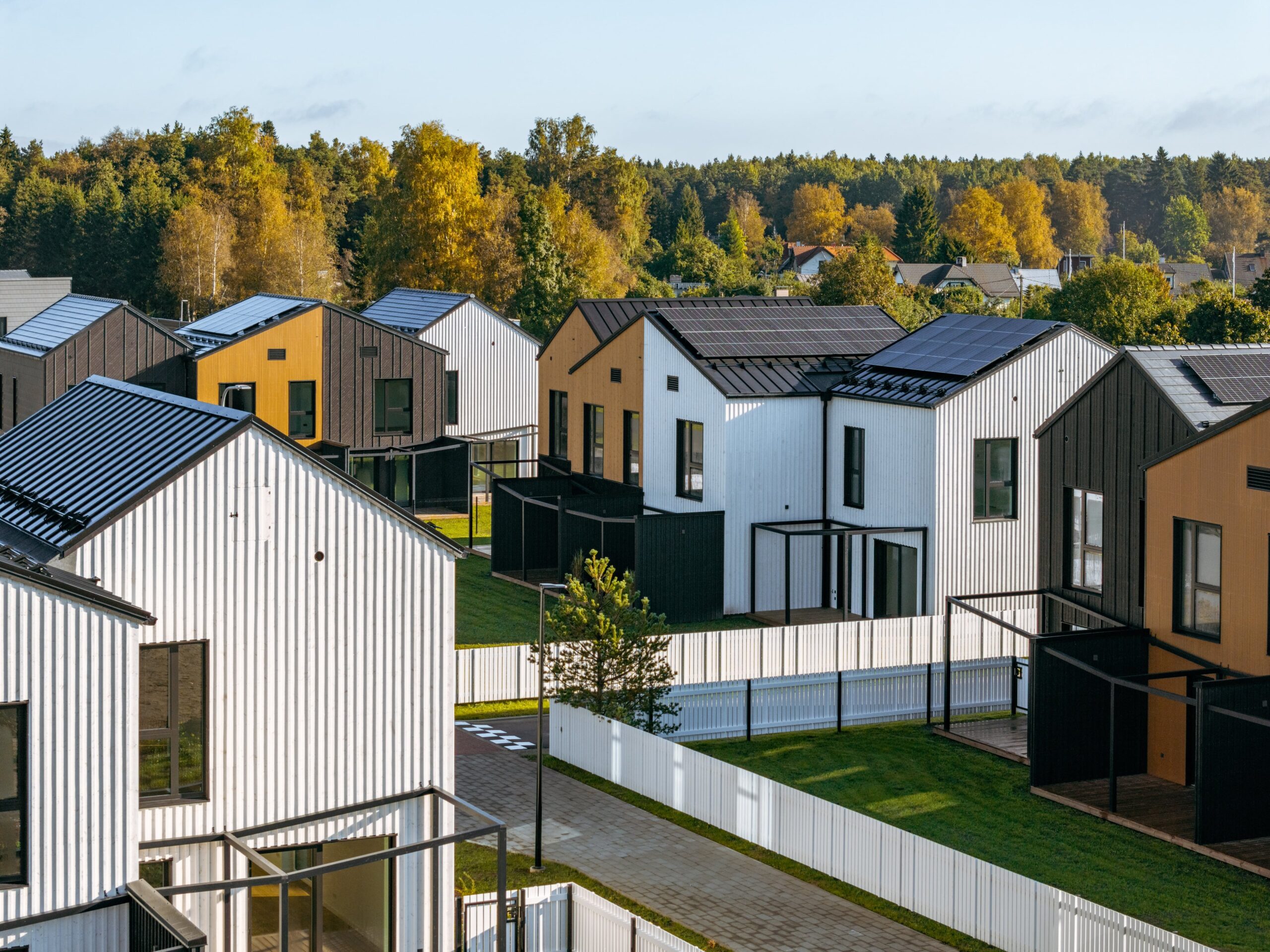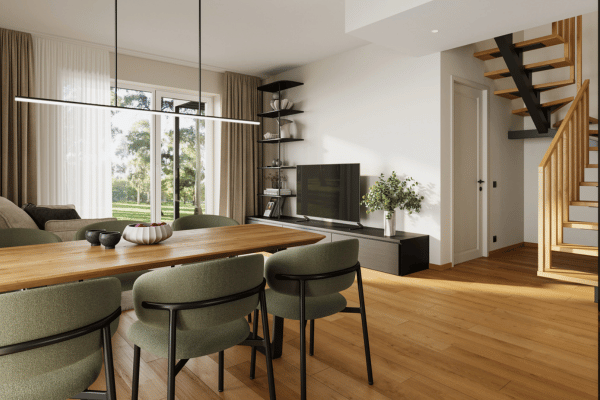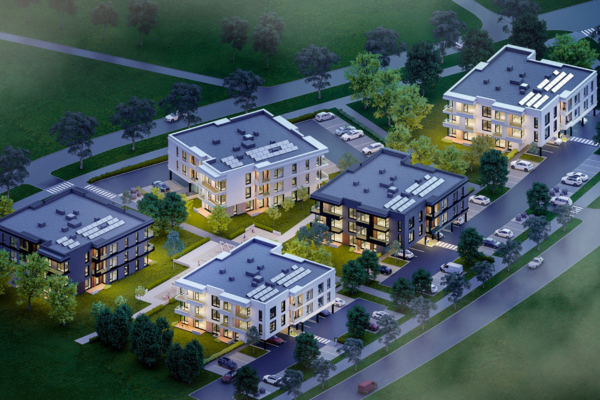Estonia’s real estate market is diverse, offering homes for every taste – from apartments with historic charm in the Old Town to premium-class houses with modern comforts on the outskirts of the city.
Choosing between a home on the secondary market or in a new development depends largely on personal preferences, lifestyle needs, and financial considerations. Both options come with their own advantages and drawbacks.
Secondary Market – a smart choice for those who value a more affordable price and immediate move-in
Price:
Homes on the secondary market are often more affordable, and the price tends to be more negotiable than in new developments.
Location:
If you’re looking in a specific area, the secondary market generally offers more flexibility, as there are usually some properties available in almost every district. Resale homes are often located in well-established areas where services like shops, schools, and public transport are already in place. While this is convenient, it may also mean the area is no longer developing, which could limit future increases in property value.

Condition:
In some cases, it’s an advantage that the home has already been lived in – any construction defects are likely to have surfaced and been addressed. However, not every property has been well maintained, so buyers should consider the potential need for repairs or renovations. This could include updating finishes, layouts, or technical systems that no longer meet modern standards or expectations.
Immediate availability:
One of the benefits of a resale property is that you can view the finished home in person and assess the interior and layout to see if it suits your needs. Most resale homes are sold fully equipped, so there’s often no need to buy kitchen furniture or major appliances – making it possible to move in right away.



